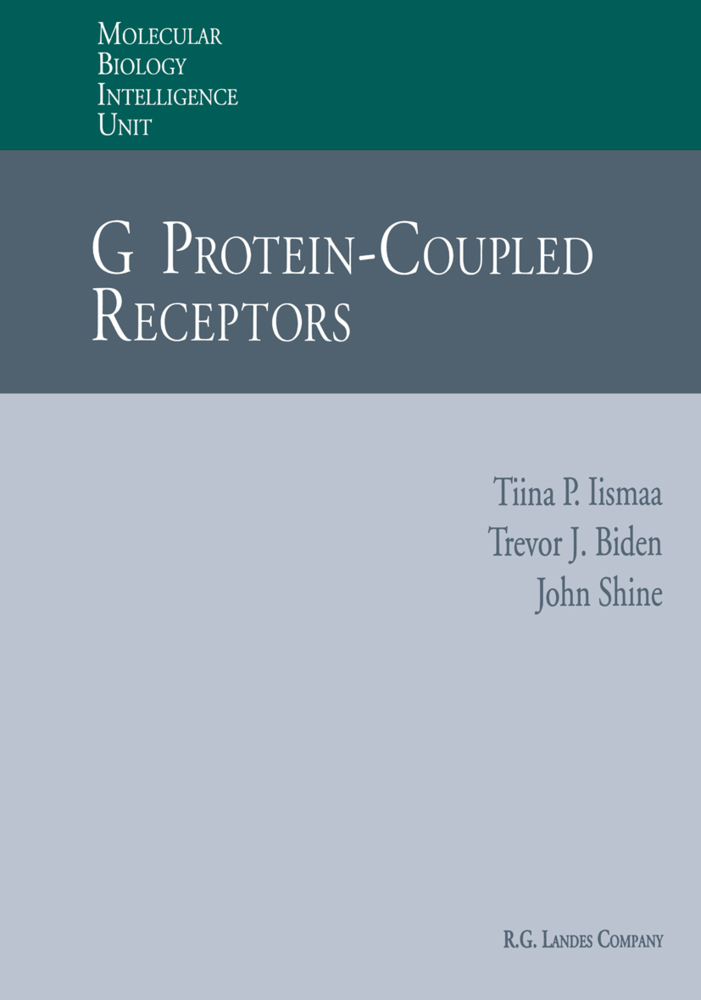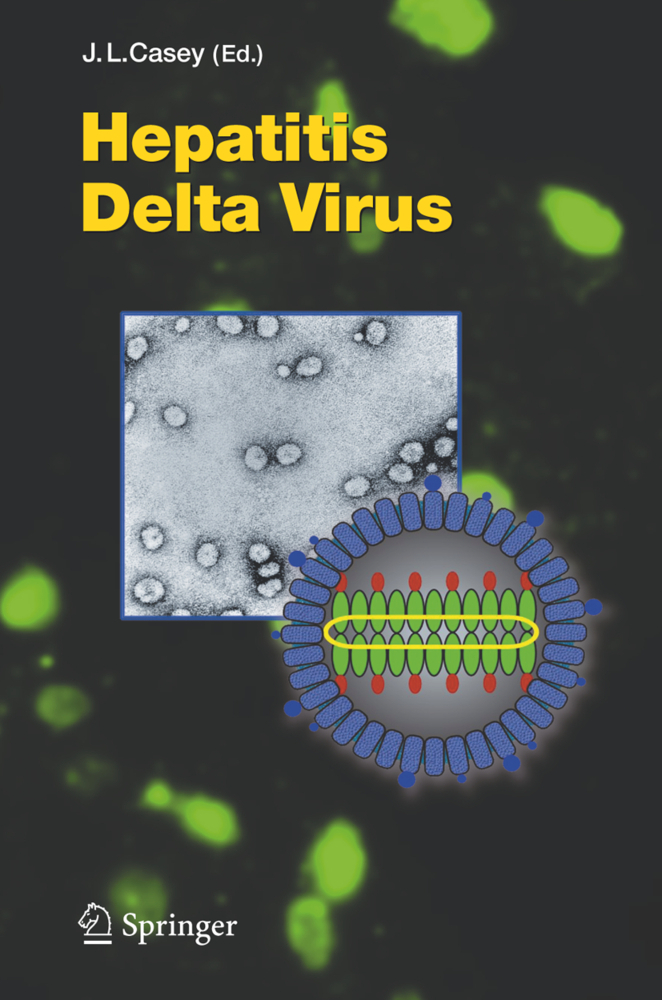Pathogenic fungi are widely distributed and can infect many organisms, particularly humans, but also other vertebrates and insects. Due to a growing number of fungal infections, there is an increasing need to understand the interaction of pathogenic fungi with their hosts.
This second completely updated and revised edition of Volume VI of The Mycota consists of state of the art reviews written by experts in the field, covering three major areas of this rapidly developing field. In the first part the current understanding of pathogenic fungi and the physiological reactions relevant for the pathogen - host interaction are elucidated. The second part describes novel technologies for the identification of proteins, virulence factors and mechanisms central to the host - pathogen interaction. The third part deals with the characterization of the host response towards pathogenic fungi and addresses timely clinical aspects.
1;Series Preface;8 2;Addendum to the Series Preface;11 3;Volume Preface to the Second Edition;12 4;Volume Preface to the First Edition;14 5;Contents;15 6;List of Contributors;17 7;Pathogens;20 7.1;1 Trichomycetes and the Arthropod Gut;21 7.1.1;I. Introduction;21 7.1.2;II. Effects of Gut Fungi on Arthropods;26 7.1.3;III. Effects of Arthropods on Gut Fungi;30 7.1.4;IV. Physiology of Trichomycetes In Vitro;33 7.1.5;V. Conclusions;35 7.1.6;References;36 7.2;2 Opportunistic Mold Infections;38 7.2.1;I. Introduction;38 7.2.2;II. Aspergillosis;38 7.2.3;III. Mucormycosis;42 7.2.4;IV. Infections Caused by Fusarium spp.;44 7.2.5;V. Infections Caused by Pseudallescheria boydii;44 7.2.6;VI. Dematiaceous Molds;45 7.2.7;VII. Rare Agents;45 7.2.8;VIII. Conclusions;45 7.2.9;References;46 7.3;3 Entomopathogenic Fungi: Biochemistry and Molecular Biology;50 7.3.1;I. Introduction;50 7.3.2;II. Life Cycle and Mass Culturing;50 7.3.3;III. Biochemical Aspects of Disease Development;52 7.3.4;IV. Physico-Chemical Aspects of Disease Development;59 7.3.5;V. Genetics and Molecular Biology of Disease Development;65 7.3.6;VI. Conclusions and Perspectives;69 7.3.7;References;70 7.4;4 Physiology and Metabolic Requirements of Pathogenic Fungi;79 7.4.1;I. Introduction;79 7.4.2;II. Impact of Phospholipases on Membrane Destruction;80 7.4.3;III. Fatty Acid Metabolism and the Glyoxylate Cycle;83 7.4.4;IV. Impact of Proteases and Peptidases on Virulence;87 7.4.5;V. Role of Carbohydrate and Nitrogen Metabolism in the Virulence of Pathogenic Fungi;92 7.4.6;VI. Conclusion;94 7.4.7;References;95 7.5;5 CO2-Sensing and Virulence of Candida albicans;99 7.5.1;I. Introduction;99 7.5.2;II. CO;100 7.5.3;Sensing and Signalling;100 7.5.4;III. Chemosensing of CO;102 7.5.5;Bicarbonate;102 7.5.6;IV. Signalling Pathways Involving Adenylyl Cyclase;103 7.5.7;V. Potential CO;106 7.5.8;Transporters or Receptors;106 7.5.9;VI. Integration of Sensing and Metabolism;107 7.5.10;VII. Conclusions;107 7.5.11;References;107 7.6;6 Hyphal Growth and Virulence in Candida albicans;111 7.6.1;I. Introduction;111 7.6.2;II. Comparison of Yeast and Hyphal Growth;111 7.6.3;III. Signal Transduction Pathways Leading to Hyphal Growth;118 7.6.4;IV. Role of Hyphal Growth as a Virulence Factor;123 7.6.5;V. Conclusions;125 7.6.6;References;126 7.7;7 Pathogenicity of Malassezia Yeasts;131 7.7.1;I. Introduction - Historical and Current Taxonomy;131 7.7.2;II. Phylogeny and Identification;132 7.7.3;III. Epidemiology in Man and in Animals;134 7.7.4;IV. Physiology and Biochemistry;135 7.7.5;V. Host-Pathogen Interactions;143 7.7.6;VI. Malassezia Yeasts in Human and Animal Disease;150 7.7.7;VII. Conclusion;156 7.7.8;References;157 8;Techniques;168 8.1;8 Proteomics and its Application to the Human-Pathogenic Fungi Aspergillus fumigatus and Candida albicans;169 8.1.1;I. Introduction;169 8.1.2;II. Methods of Proteome Analysis;171 8.1.3;III. 2D Gel Electrophoresis;171 8.1.4;IV. Gel-Independent Techniques;177 8.1.5;V. Sample Fractionation to Identify Low- Abundant Proteins;179 8.1.6;VI. Standard Development;181 8.1.7;VII. Proteomics of Human-Pathogenic Fungi;182 8.1.8;VIII. Conclusion: Towards Integrative Analysis - Systems Biology;191 8.1.9;References;191 8.2;9 Transcriptomics of the Fungal Pathogens, Focusing on Candida albicans;201 8.2.1;I. Introduction;201 8.2.2;II. Transcriptomics of Fungal Pathogens;207 8.2.3;III. Transcriptomics of Candida albicans;208 8.2.4;IV. Conclusions;231 8.2.5;References;232 9;Host;237 9.1;10 Yeast Infections in Immunocompromised Hosts;238 9.1.1;I. Introduction;238 9.1.2;II. Candidiasis;238 9.1.3;III. Cryptococcosis;240 9.1.4;IV. Infections due to Trichosporon;241 9.1.5;V. Infections due to Blastoschizomyces capitatus;242 9.1.6;VI. Infections due to Malassezia spp. VII. Infections due to Dematiaceous yeasts;243 9.1.7;VIII. Conclusions;243 9.1.8;References;244 9.2;11 The Host Innate Immune Response to Pathogenic Candida albicans and Other Fungal Pathogens;246 9.2.1;I. Introduction;246 9.2.2;II. H
Esser, Karl
Lemke, Paul A.
Brakhage, Axel A.
Zipfel, Peter F.
| ISBN | 9783540793076 |
|---|---|
| Artikelnummer | 9783540793076 |
| Medientyp | E-Book - PDF |
| Auflage | 2. Aufl. |
| Copyrightjahr | 2008 |
| Verlag | Springer-Verlag |
| Umfang | 307 Seiten |
| Sprache | Englisch |
| Kopierschutz | Digitales Wasserzeichen |











